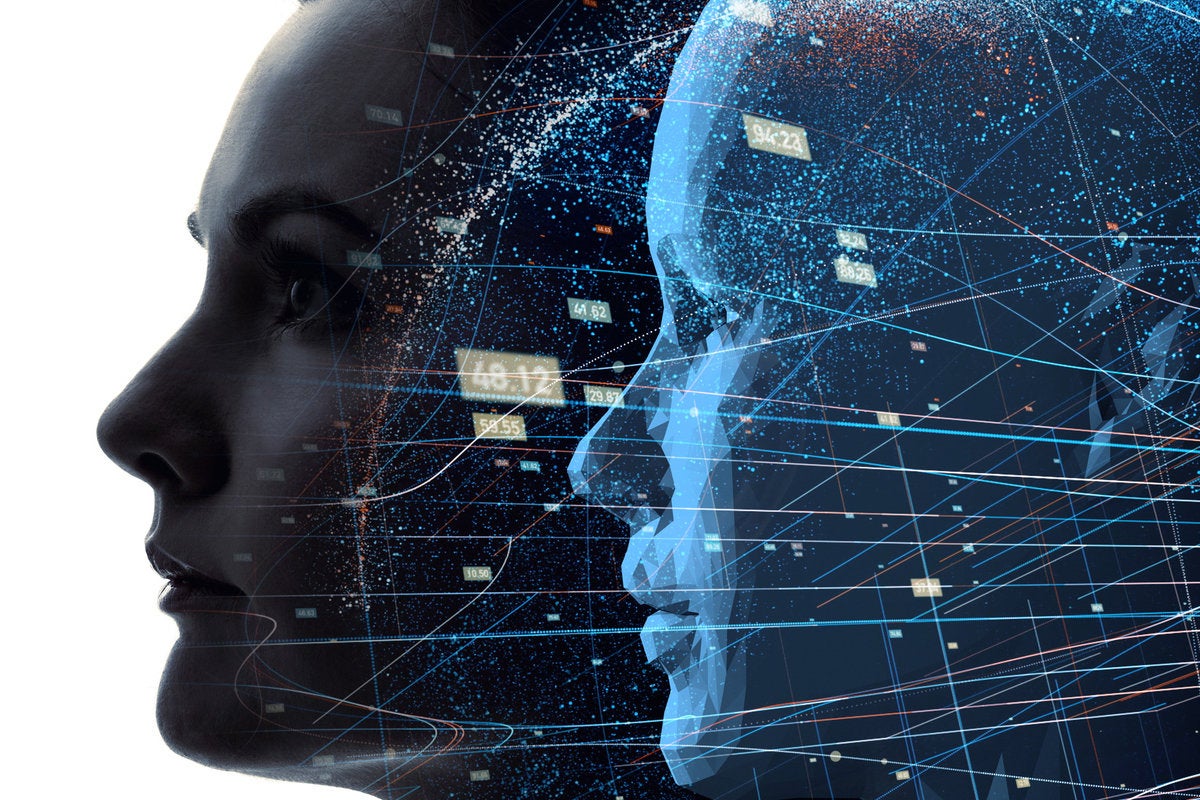[ad_1]
Digital twins are being created in factories and cities, and we even have an Earth 2 effort that attempts to create a digital twin of the planet.
But the most important of these will be human digital twins, which many of us thought were still years away. Well, Merlynn, an AI-centric tech firm, has already begun marketing a human “digital twin” that might initially improve productivity but could eventually lead to the elimination of human employees in many companies.
I want to talk about the initial benefits companies could gain from this technology and the eventual problems that will result if we don’t think through what’s coming and move aggressively to protect the viability of human workers.
The promise of a digital twin
Merlynn has created a tool that will allow an employee to easily create and train a digital twin. Depending on training, this twin will be able to do the repetitive tasks an employee usually does (and hates). This might include attending meetings and taking notes, while being able to answer an increasing number of questions the twin has been trained to answer. Then it could summarize what it observed and how it responded so its human counterpart would be up to speed with a far lower time commitment.
Things like generating activity reports, responding to emails, taking and summarizing meeting notes, and even answering the phone by a capable digital clone are all possible near-term. Imagine being able to pass on many, if not most, of the tasks you dislike to your twin — enabling you to step away from work and enjoy your personal time.
This is the ideal use of artificial intelligence (AI) — to supplement rather than supplant an employee. That allows the employee to spend more time on work that engages them, and away from the painful, repetitive bureaucratic tasks most every job include. The employee is happier, and the company ends up with better productivity.
But technology does not stand still, and as the digital twin advances, a problem will emerge.
The problem with advanced digital twins
As this digital twin advances, it could well evolve into an outright replacement. When competing with humans, the digital twin has several big advantages long term. It can work continuously with no need for breaks or time off. It can work at machine speeds. And clones could be trained nearly instantly, making it easier to move to a fully autonomous operation.
So, an employee who does a fantastic job training his or her digital twin could find that not only do they become redundant, but so will anyone else doing the same job. The TV show “The Twilight Zone” explored this decades ago and the ending was both ironic and now, evidently, prophetic.
Consider the long-term implications
The question of who owns the digital twin you create, and whether it can be used to replace you, will need to be definitively answered. Otherwise, employees might not be so willing to train them. After all, few workers want to train a replacement who’s going to take their job.
While the need to confront this problem is likely years away, unions should flag this early on, as they flagged autonomously driven trucks. That move has significantly reduced the ability to deploy this increasingly valuable technology.
My sense is that there should be some residual ownership by the employee of the digital twin they create, allowing for a long-term revenue stream to that employee for each of the digital twins emulating them. This would help ensure employees’ income over time and promote their aggressive training of their twin. Because, even if the twin eventually replaces them, their income will be safe.
Long term, figuring out how to balance the corporate desire to automate with employees’ need to earn a living wage will become a major factor in the use and success of this technology.
Copyright © 2022 IDG Communications, Inc.
[ad_2]

Leave a Reply